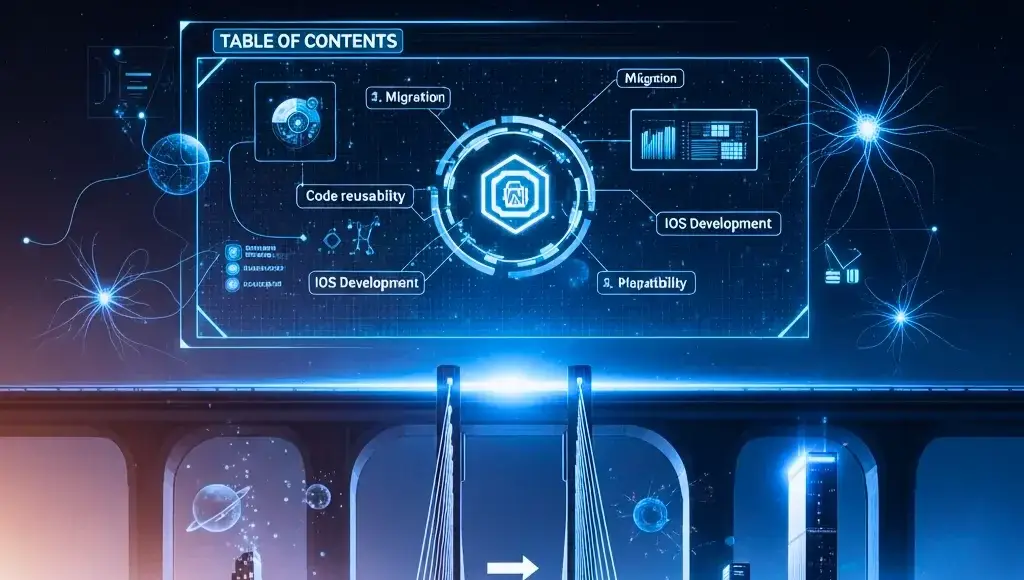The world of web development is constantly evolving. As new technologies emerge, old practices fade, and new challenges arise, developers must adapt to stay ahead of the curve. As we move into the 2025s, certain trends are becoming increasingly prominent—and mastering them will be key to building the next generation of websites and web applications.
Here are the top web development trends to watch out for and how you can stay ahead of the game.
Table of Contents
Toggle1. The Rise of Jamstack Architecture
What it is: Jamstack (JavaScript, APIs, and Markup) is an architecture that decouples the front end from the back end, allowing for faster, more secure websites.
Why it matters:
Performance: Websites built with Jamstack are faster because they rely on static files and CDN-based delivery.
Security: The decoupled nature reduces vulnerabilities from traditional server-side applications.
Scalability: As demand grows, scaling Jamstack apps is much easier thanks to CDNs and serverless functions.
Consider moving your projects to Jamstack for better performance and security out of the box.
2. WebAssembly (Wasm) for High-Performance Apps
What it is: WebAssembly allows developers to run code written in multiple languages (like C, C++, and Rust) directly in the browser at near-native speed.
Why it matters:
Speed: For applications requiring heavy computational work (e.g., gaming, CAD, video editing), Wasm brings the power of native apps to the web.
Cross-platform compatibility: Wasm works in all modern browsers, enabling high-performance apps without relying on plugins or native apps.
WebAssembly will unlock a whole new world of possibilities for web apps that demand high performance.
3. Serverless Architectures
What it is: Serverless computing lets developers build and run applications without managing server infrastructure. Services like AWS Lambda, Azure Functions, and Google Cloud Functions allow you to focus on code while the cloud handles the server management.
Why it matters:
Cost-effective: You only pay for what you use, making it ideal for applications with unpredictable traffic.
Simplified backend: Developers can focus on business logic instead of dealing with server maintenance and scaling.
Faster deployment: Serverless architectures speed up the development process by removing infrastructure concerns.
As your apps grow, serverless options can help you scale efficiently and reduce operational overhead.
4. Progressive Web Apps (PWAs)
What it is: Progressive Web Apps combine the best features of web and mobile applications. They can be accessed through a browser, but offer app-like experiences (offline capabilities, push notifications, etc.) on any device.
Why it matters:
User Experience: PWAs load quickly, work offline, and send notifications—mimicking native apps without the installation barrier.
Cross-device compatibility: A PWA works on any device with a modern browser, eliminating the need to maintain separate mobile apps.
SEO benefits: PWAs are indexed by search engines, unlike traditional mobile apps.
PWAs are perfect for reaching a broad audience with minimal friction—especially for startups and small businesses.
5. Motion UI and Advanced Animations
What it is: Motion UI is a library for creating animations and transitions in web design. Advanced animations, such as micro-interactions, provide users with feedback on actions and enrich the user experience.
Why it matters:
User Engagement: Animations can make interactions feel more intuitive and engaging.
Visual Appeal: Proper motion design enhances the aesthetic appeal of a website.
Micro-interactions: These tiny moments (like a button bouncing when clicked) improve the feel of the interface.
Incorporating motion UI principles into your design can increase user retention and satisfaction.
6. API-First Development
What it is: API-first development focuses on building APIs before the actual application. It ensures that your front-end and back-end systems can communicate effectively from the start.
Why it matters:
Flexibility: An API-first approach allows you to separate the front-end and back-end work, which makes it easier to scale and update either side independently.
Future-proofing: APIs allow for easier integration with future technologies and services, creating more opportunities for growth.
Developing with an API-first mindset ensures that your application is ready for future integrations and expansion.
7. Low-Code and No-Code Platforms
What it is: Low-code/no-code platforms allow developers and non-developers alike to build applications with minimal coding effort.
Why it matters:
Faster Prototyping: Low-code tools let you quickly create functional prototypes and MVPs.
Increased Productivity: Developers can focus on more complex tasks while non-developers handle simpler, repetitive aspects of application building.
Empowerment: These platforms enable businesses to create solutions without needing to rely on an in-house developer team for every new feature.
Low-code/no-code tools empower product teams to iterate quickly without sacrificing quality.
Web development is evolving rapidly, and staying on top of the latest trends can give you a competitive edge. Whether it’s adopting a modern architecture like Jamstack, leveraging the power of WebAssembly, or building progressive web apps, the tools and frameworks emerging today are reshaping what’s possible on the web.
As 2025 approaches, the web will become faster, more secure, and more immersive than ever. Developers who stay agile and adopt these trends will not just survive—they will thrive in an ever-changing landscape.



